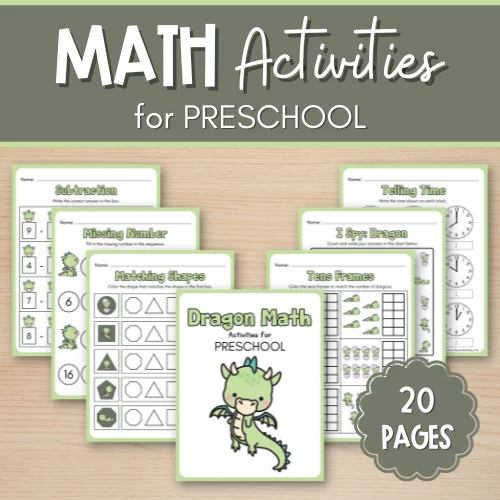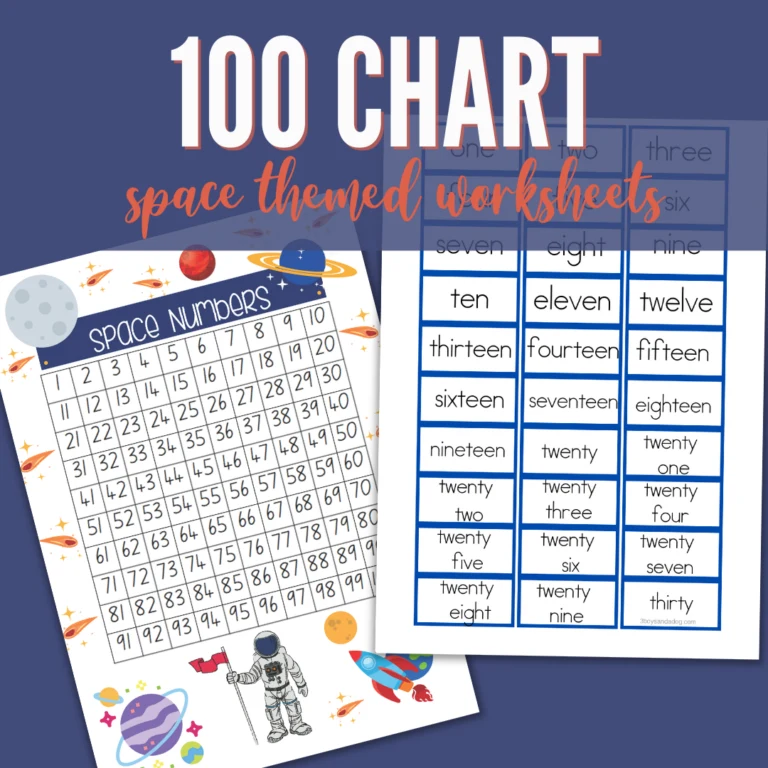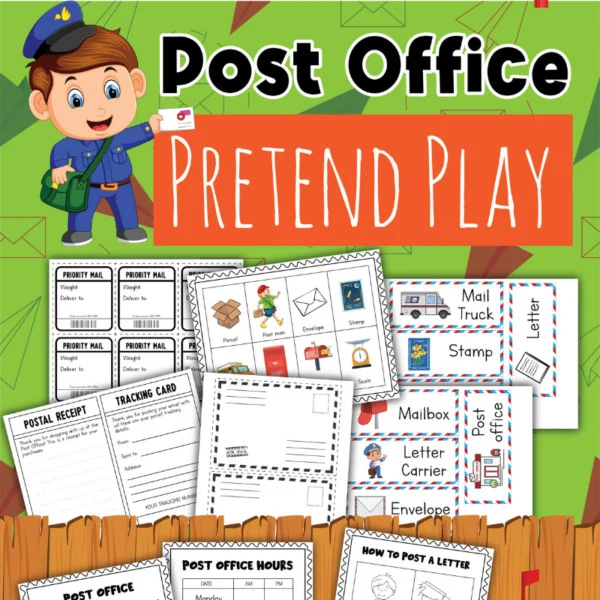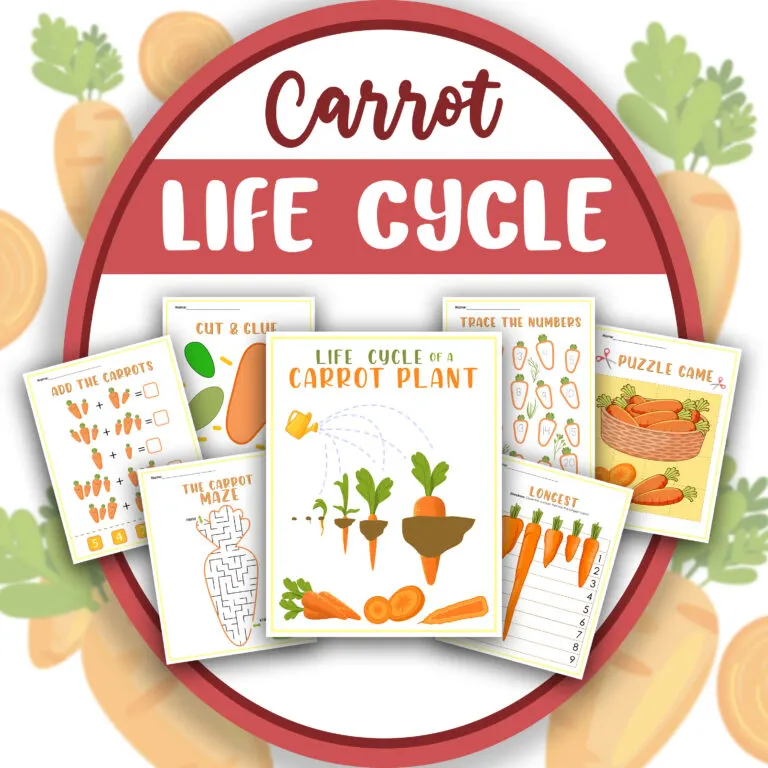This Which Way Map Activity is engaging for kids and involves walking to observe and gain information for creating a map. The activity focuses on pointing out different houses, roads, signs, and nature while asking questions such as “Which way should we go to get…”.
This hands-on approach teaches children about directions and encourages their cognitive development through observation, questioning, and decision-making. It’s a great child development skill activity!
The importance of this activity in child development lies in its ability to foster decision-making skills and spatial awareness in children.

Children develop independence, problem-solving skills, and spatial awareness through activities that involve exploration and decision-making.
Map activities like Which Way? can enhance children’s observational skills, critical thinking, and confidence in decision-making, which are crucial for their overall development.
Skills Enhanced by Which Way? Activity
The Which Way? activity enhances several skills in children, including:
Spatial Awareness: Observing their surroundings and making decisions about direction helps children develop spatial awareness.
Decision-Making: Children enhance their decision-making abilities by actively choosing directions during the activity, fostering independence and confidence.
Observation: Paying attention to their environment will boost children’s observation skills with this activity.
Skills Enhanced By This Activity:
Visual Discrimination Enhancement:
Visual Discrimination enhancement involves activities that help children distinguish differences in visual information, such as shapes, colors, and patterns.
This map activity can foster visual discrimination by requiring children to discern various visual cues along their path, such as different types of houses, road signs, or natural elements.
This encourages them to identify and differentiate between these visual stimuli, ultimately honing their visual discrimination skills.
Imagination Enhancement:
Imagination enhancement focuses on nurturing a child’s creative thinking and mental imagery. During outdoor activities, children can engage their imagination by creating mental maps of their surroundings. They can imagine what lies ahead based on the directions they choose and invent stories or scenarios related to the places they encounter.
This stimulates their imagination and encourages creative problem-solving and innovative thinking.
Importance of the Which Way Map Activity
The Which Way? activity holds significant importance in supporting a child’s development in multiple domains:
- Cognitive Engagement: By incorporating decision-making based on chance, the activity stimulates cognitive processes, including problem-solving and critical thinking.
- Physical Movement: Through movement and exploration, the activity promotes physical engagement, contributing to the development of fundamental movement skills in children.
- Imagination and Creativity: The unpredictable nature of the activity encourages children to use their imagination and creativity, fostering a sense of wonder and exploration.
- Visual Discrimination: The activity promotes visual discrimination and spatial awareness as children navigate their surroundings using coin-flip directions.
Real-Life Examples of How These Skills Would Be Useful for Children:
The “Which Way?” activity is an interactive and engaging way to promote decision-making, spatial awareness, and observational skills in children.
Visual Discrimination: Enhanced visual discrimination skills would benefit children in activities such as identifying letters and words while reading, recognizing patterns in math, and interpreting visual information in subjects like science and geography.
Shop My Math Printables
Math learning is always fun! Here are some great resources from my shop to help with more math learning fun.



Imagination: Enhanced imagination can empower children to devise creative solutions to problems, engage in pretend play that supports social and emotional development, and think innovatively in various learning contexts.
Learning Printables and Activities
These are excellent resources for kids! They’ll love being a part of the learning process from start to finish.



Materials Required for Which Way Map Activity
The Which Way? activity is an engaging map-based exploration that requires minimal materials to facilitate the learning experience. The primary material used is a quarter, a tool for deciding which direction to take during the activity.
Why a Quarter Is Used
Using a quarter in the Which Way? activity adds an element of chance and excitement, making the decision-making process more interactive for children.
By flipping the quarter, children can assign meaning to the outcome, such as heads representing one direction and tails representing another.
This simple approach infuses an element of randomness into the activity, fostering engagement and curiosity as children navigate their surroundings.
Safe Alternatives If a Quarter Is Not Available or Suitable
If a quarter is not accessible or suitable for the activity, various safe alternatives can be utilized to maintain the interactive nature of the Which Way? activity. Some alternative options include:
- Dice: Using a six-sided die, assign different directions to each number and roll the die to determine the chosen direction.
- Spinner: Create a makeshift spinner with cardboard and a paper clip, assigning directions to different sections of the spinner for a fun, interactive decision-making process.
- Color Cards: Assign different colors to represent various directions and have children pick a colored card to determine their path.
These alternatives ensure that the core concept of making choices based on chance and observation is maintained, promoting an engaging and interactive learning experience for children.
Instructions for Which Way? Activity
Below are step-by-step instructions on conducting the activity, tips on encouraging children to follow the coin flip instructions, and suggestions for making the activity more challenging or fun.
- Preparation: Choose an outdoor area with multiple paths or directions for exploration. Ensure the environment is safe and suitable for the child’s age group.
- Introduction: Explain the activity concept to the child, emphasizing that they will use a quarter (or alternative) to decide which direction to take at different points during their exploration.
- Assign Directions: Assign specific meanings to the outcomes of the coin flip (e.g., heads for left, tails for right). Communicate these assignments to the child to ensure understanding.
- Begin Exploration: Start the activity by having the child flip the quarter. Based on the outcome, guide them in taking the corresponding direction.
- Observe and Engage: Encourage the child to observe their surroundings as they follow the directions indicated by the coin flip. Prompt them to look for interesting landmarks, natural elements, or objects along the way.
- Encourage Decision-Making: At intersections or decision points, have the child flip the quarter again to determine the next direction, reinforcing the decision-making aspect of the activity.
- Reflect and Discuss: After the exploration, engage the child in a discussion about their experience. Ask them about their paths, what they observed, and any surprises they encountered.
Encouraging the Child to Follow Instructions
- Positive Reinforcement: Offer praise and encouragement when the child follows the directions indicated by the coin flip, reinforcing their engagement and decision-making.
- Engage in the Process: Show enthusiasm and interest in the outcomes of the coin flip, fostering a sense of excitement and involvement for the child.
- Explain the Concept: Continuously remind the child of the purpose of the activity, emphasizing the fun and interactive nature of making choices based on chance.
Suggestions for Making the Activity More Challenging or Fun:
- Create Challenges: Introduce additional actions or challenges at specific points, such as hopping like a bunny, finding a specific-colored object, or counting the number of birds seen in a particular area.
- Add More Directions: Increase the number of directions (e.g., straight, left, right, backward) to expand the decision-making possibilities and create a more varied exploration experience.
- Storytelling Element: Encourage the child to create a story or narrative based on the directions they’ve taken, adding imaginative and creative elements to the activity.
By incorporating these tips and suggestions, the Which Way Map Activity can become a dynamic and enjoyable learning experience for children, promoting cognitive development and imaginative engagement.
Safety Precautions for Which Way? Activity
The Which Way? activity provides a dynamic and interactive way for children to explore their surroundings. However, it’s crucial to prioritize safety throughout the activity, especially when using small objects like coins.
Emphasizing the importance of closely monitoring the child and implementing additional safety measures can help ensure a secure and enjoyable experience.
Here are some essential safety precautions to consider:
Choking Hazard Awareness:
- Supervision: Constantly monitor the child during the activity to prevent accidental ingestion of small objects like coins, which can pose a choking hazard.
- Use Large Alternatives: If using a coin, consider substituting it with larger items, such as foam dice or laminated direction cards, to eliminate the risk of choking.
Other Safety Measures:
- Safe Environment: For the activity, choose a well-maintained and child-friendly outdoor area free from hazards such as uneven terrain, sharp objects, or excessive traffic.
- Weather Considerations: Be mindful of weather conditions and dress the child appropriately for the chosen outdoor environment to ensure their comfort and well-being.
- Communication: Communicate safety guidelines to the child, such as staying within sight, avoiding unknown areas, and seeking assistance.
- Sun Protection: If the activity is conducted in sunny conditions, ensure the child is protected with sunscreen, a hat, and sunglasses to prevent sunburn and sun-related discomfort.
By prioritizing these safety precautions, you can create a secure and enjoyable environment for the Which Way? activity, allowing children to explore while minimizing potential risks.
Benefits of the Which Way Map Activity
Engaging in physical activities and play has positively impacted children’s cognitive and physical development. Here are the key benefits that support the benefits of activities like the “Which Way?” activity:
Physical and Cognitive Development:
- Cognitive Functioning: Devoting time to intensive physical activity can positively influence a child’s cognitive functioning, including attention, focus, memory, and overall cognitive processes
- Physical Development: Engaging in physical play and movement-based activities, such as running, jumping, and climbing, supports the development of fundamental movement skills in children and contributes to their physical development.
Visual Discrimination and Imagination:
- Imagination Skills: Activities that involve decision-making based on chance, such as the “Which Way?” activity, can enhance a child’s imagination and creativity by encouraging them to explore their surroundings in unpredictable ways.
- Visual Discrimination: The activity promotes visual discrimination as children observe and navigate their surroundings, identifying landmarks or objects based on the directions indicated by the coin flip.
The Which Way? activity can significantly contribute to a child’s physical and cognitive development by integrating elements of physical activity, decision-making, and imaginative exploration, aligning with the findings from various reputable sources.
Other Similar Activities
In addition to the Which Way? activity, several other engaging activities enhance children’s visual discrimination and imagination skills.
These activities foster creativity, decision-making, and cognitive development while providing opportunities for physical engagement. Here’s a brief overview of some of these activities:
Nature Scavenger Hunt
Overview: Conducted outdoors, a nature scavenger hunt encourages children to observe and discriminate between various natural elements such as leaves, rocks, flowers, and animal tracks. It sparks imagination by allowing children to connect with their environment more deeply.
Conducting the Activity:
- Create a list of natural items for children to find.
- Provide each child with a list and a container for collecting their discoveries.
- Encourage them to use their keen observation skills to identify and collect the items on the list.
Story Stones
Overview: Story stones are hand-painted or decorated with images representing characters, objects, or symbols. Children use these stones to create imaginative stories, enhancing their storytelling abilities and nurturing their imagination.
Conducting the Activity:
- Gather a collection of smooth stones while playing the Which Way Map Activity and paint them with images using non-toxic paints.
- Place the stones in a bag or box.
- Encourage children to select a few stones randomly and use the images on the stones to weave an original story.
Obstacle Course Design
Overview: This activity involves designing and constructing an obstacle course using everyday items such as pillows, chairs, and hula hoops. It encourages children to visualize and implement their physical challenges, boosting imagination and physical coordination.
Conducting the Activity:
- Provide a variety of items that can be arranged to create obstacles.
- Then, encourage children to design their obstacle course layout, considering factors like balance, agility, and creativity.
- Once designed, have them navigate the course they created, refining it based on their experiences.
These activities promote visual discrimination and imagination and encourage physical movement, problem-solving, and creative expression, making them valuable additions to a child’s developmental repertoire.
Parents are encouraged to try the Which Way? activity with their children as it offers a holistic approach to development, combining physical activity with cognitive stimulation and imaginative play.
This activity provides quality time spent together, fostering bonding and communication. It also presents a chance for children to engage with their environment in fun and spontaneity, promoting a sense of adventure and curiosity.

The simplicity and adaptability of the Which Way Map Activity make it accessible to children of various ages and abilities, making it a versatile option for parents seeking to incorporate playful learning experiences into their child’s routine.
By engaging in the Which Way Map Activity, parents can actively contribute to their child’s well-rounded development. This will also nurture their cognitive, physical, and imaginative capacities enjoyably and interactively.











